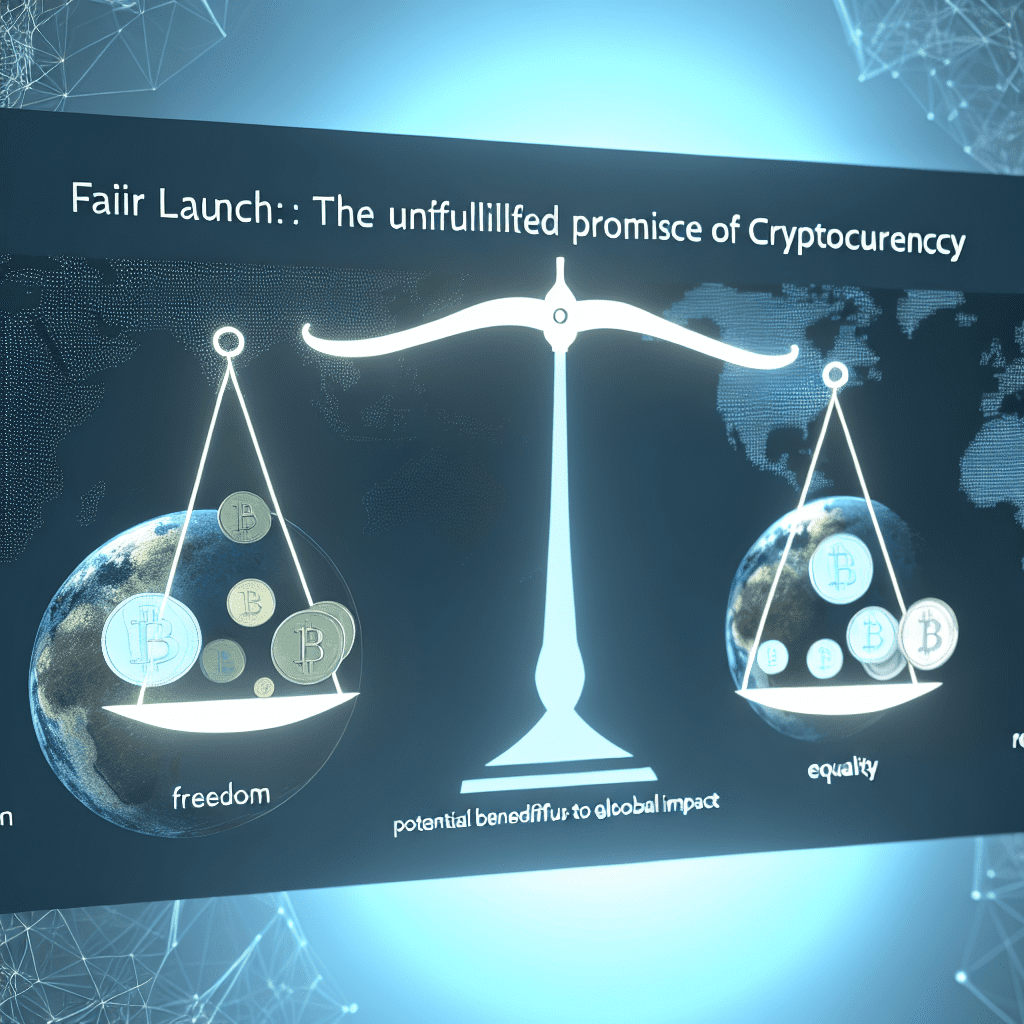Disclosure: The views and opinions expressed here are solely those of the author and do not reflect the views and opinions of crypto.news’ editorial team.
The term fair launch conjures images of grassroots communities with no special favoritism, equal opportunities for all, and projects emerging without hidden privileges. However, by 2025, fair launch has morphed from a guiding principle into a marketing buzzword. The original values of equality and true alignment between users and builders have been diluted to accommodate various token distribution strategies.
Summary
- Bitcoin is often regarded as the first “fair launch,” yet its early mining concentration, wealth inequality, and halving events illustrate its flawed fairness.
- The 2020 DeFi “fair launch” craze devolved into yield farms, forks, and insider profits—fairness was reduced to merely “no ICO.”
- Contemporary blockchains often depend on presales and insider allocations, leading to delayed inflation and compromising fairness.
- A true fair launch demands equal treatment of contributions over time, no insider exclusions, and value driven by real utility instead of token speculation.
Was Bitcoin a fair launch?
When Satoshi Nakamoto released the Bitcoin (BTC) whitepaper in 2008, the intention was clear: a peer-to-peer electronic cash system aimed at becoming a superior global payment method. More than fifteen years later, this vision remains unfulfilled. Instead of becoming a common medium of exchange, Bitcoin has been redefined as an investment asset, akin to digital gold with promises of substantial capital gains.
Bitcoin is frequently celebrated as the original fair launch, free from VC involvement, foundation treasury, or presale. However, if we examine the reality, flaws become evident. For its first year, Satoshi commanded nearly all of the network, with some estimates claiming up to 70% control. The initial mining phase effectively served as a premine, enabling a handful of users to amass significant quantities before the notion of a “crypto market” emerged.
So why do we still regard Bitcoin as a fair launch? Because Satoshi didn’t move his coins, and no insider cash-out skewed the distribution. Despite its flaws, Bitcoin’s economic model aligned with its intended use. Each block represented an incorruptible record, and all participants were rewarded equally for contributing. However, its scarcity transformed it into digital gold, detracting from its intended role as a peer-to-peer cash system. The fixed supply ensured that newcomers could never compete fairly with early miners, embedding wealth inequality into the fabric of the network. The halving mechanism perpetuated this divide, creating a dichotomy: a long-term assurance that network fees would ensure security as block rewards wane, countered by a structural rule that halves miners’ rewards each cycle, meaning participants were never treated equally over time.
The DeFi summer mirage
A decade later, fair launch regained popularity. During the 2020 “DeFi Summer,” projects like Yearn Finance touted their tokens as fairly distributed. Anyone could contribute liquidity and gain governance rights. Nevertheless, providing liquidity was more akin to a financialized business arrangement than a universally accessible activity.
Even worse, these so-called “fair launches” were susceptible to vampire attacks. SushiSwap forked Uniswap; PancakeSwap replicated Sushi. Each “fair” fork attracted liquidity by promising enhanced yields. Early insiders benefitted repeatedly, making the DeFi interpretation of fair launch neither fair nor justifiable. It sparked a competition of forks and food coins, where fairness was barely synonymous with “we didn’t conduct an ICO.”
The presale standard
Currently, the industry has changed its definition once more. Ethereum’s 2015 ICO raised over $18 million by selling 72 million ETH, which is more than half of the current circulating supply, before any blocks were mined. Similarly, Solana (SOL), Aptos (APT), and Sui (SUI) have followed suit, raising substantial funds and allocating large portions to insiders. After the Token Generation Event (TGE), these allocations evade inflation counts, representing instead deferred inflation, as they contribute to the circulating supply only after cliff unlocks.
Participants are not investing in a network; they’re buying out early supporters. In this landscape, “fair launch” has been diluted to merely a parameter—5% insider allocation is now deemed sufficient. Yet whether it’s 5% or 35%, the core principle is tarnished.
The real meaning of ‘fair launch’
Fair launch was never about percentage allocations on a cap table; it’s about value alignment and whether the smallest contribution unit to a network is compensated equally, regardless of when a participant joined. Bitcoin’s smallest unit is a block. In identity networks, it might be a verified individual. In different systems, it could involve compute or bandwidth. The key question remains: does the network treat all contributors as equals indefinitely?
Further questions to establish a project’s fairness include: Is the smallest contribution unit defined and accessible to everyone, not only capital providers? Are equal contributions compensated equally over time? Are insider/team/investor allocations nonexistent at the network level (not just “<5%”)? Is on-chain inflation transparent and auditable, without off-chain constraints (vests/unlocks) required for ongoing development?
This also illustrates why Bitcoin’s launch fell short of fairness. Capital-rich companies compete against independent miners, making it prohibitively expensive to enter this segment of the market. Value-wise, Bitcoin enforces a model that centralizes over time.
By these criteria, nearly every project today misses the mark. Presales and foundation treasuries generate delayed inflation that users must buy out, while “liquidity mining” fair launches limit participation to capital-advantaged specialists. Unlock schedules and pre-coded exit liquidity are embedded into the future. Projects are launched not to empower a community, but to benefit insiders’ balance sheets.
A genuine fair launch necessitates that the core protocol operates independently and delivers true utility, irrespective of token price fluctuations. Founders and developers should derive profits from related ecosystems, whether through services or businesses built upon the network. The benefits should stem from creating genuinely desirable products rather than relying on continued token price appreciation. If a protocol’s viability hinges on token demand, its fairness is inherently compromised.
Ultimately, fair launch is the sole foundation for lasting crypto networks. A network that favors insiders will always be vulnerable to splits, as anyone can fork the code and offer a marginally superior deal. However, when fairness is absolute and value is driven by the product, there is nothing left to fork against. Communities remain engaged because they are treated equitably, not merely due to speculative incentives. Therefore, fair launch represents the social contract of crypto—a commitment that, regardless of when you join, you stand on equal footing with every other participant.


